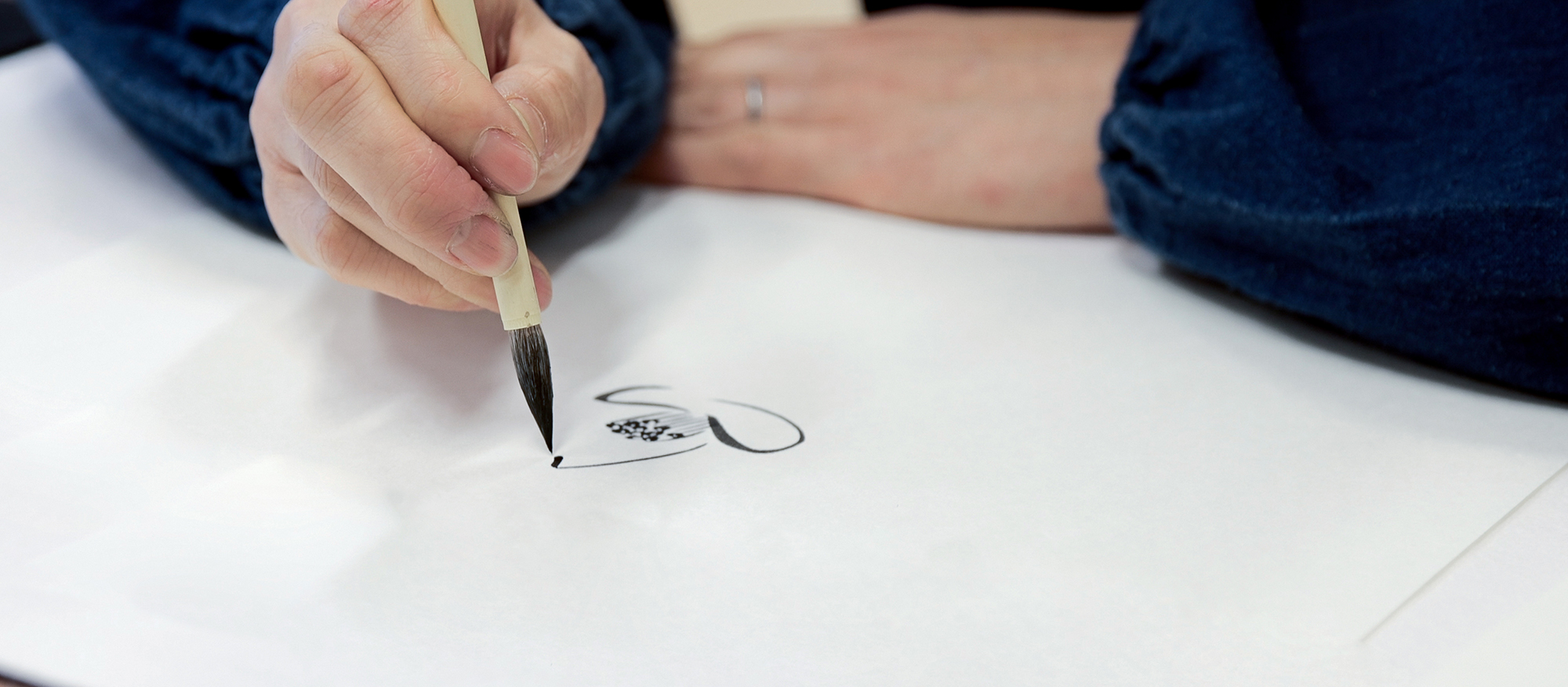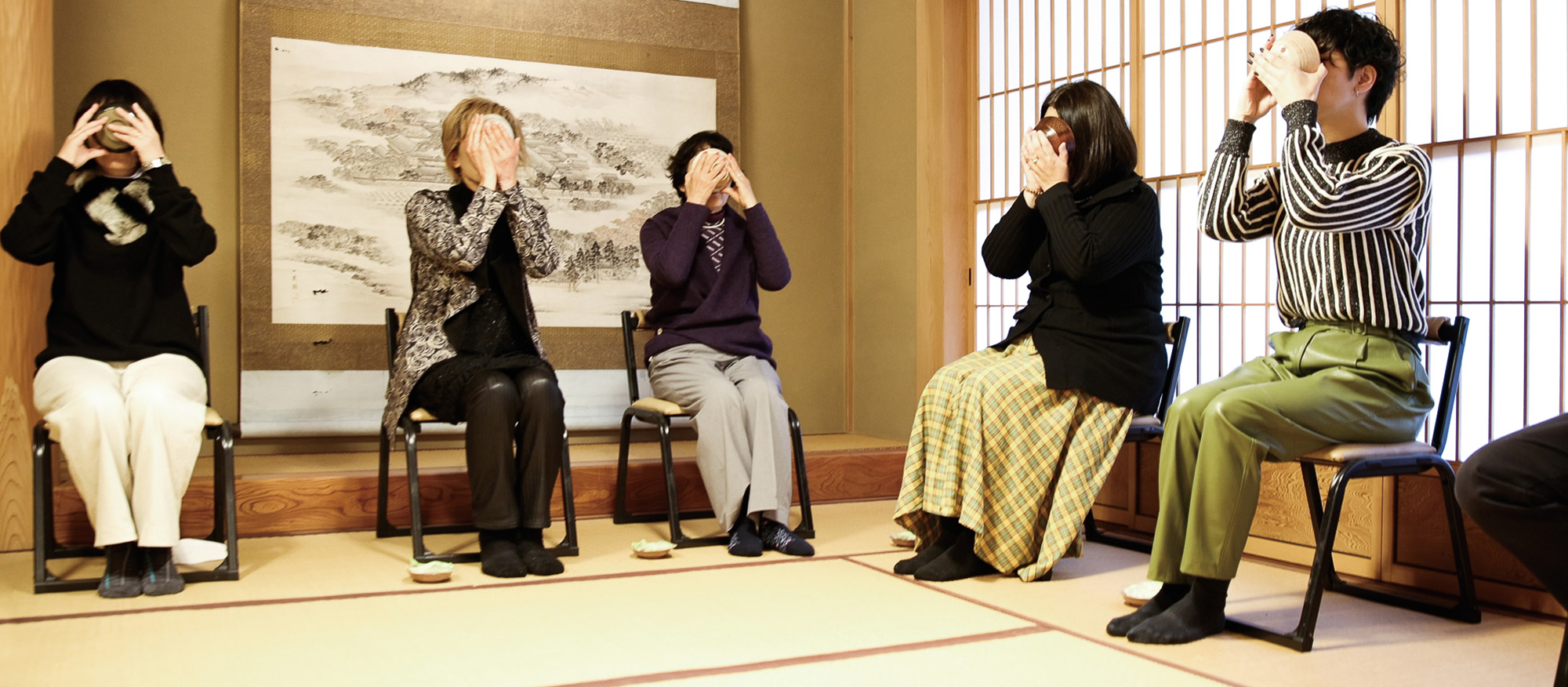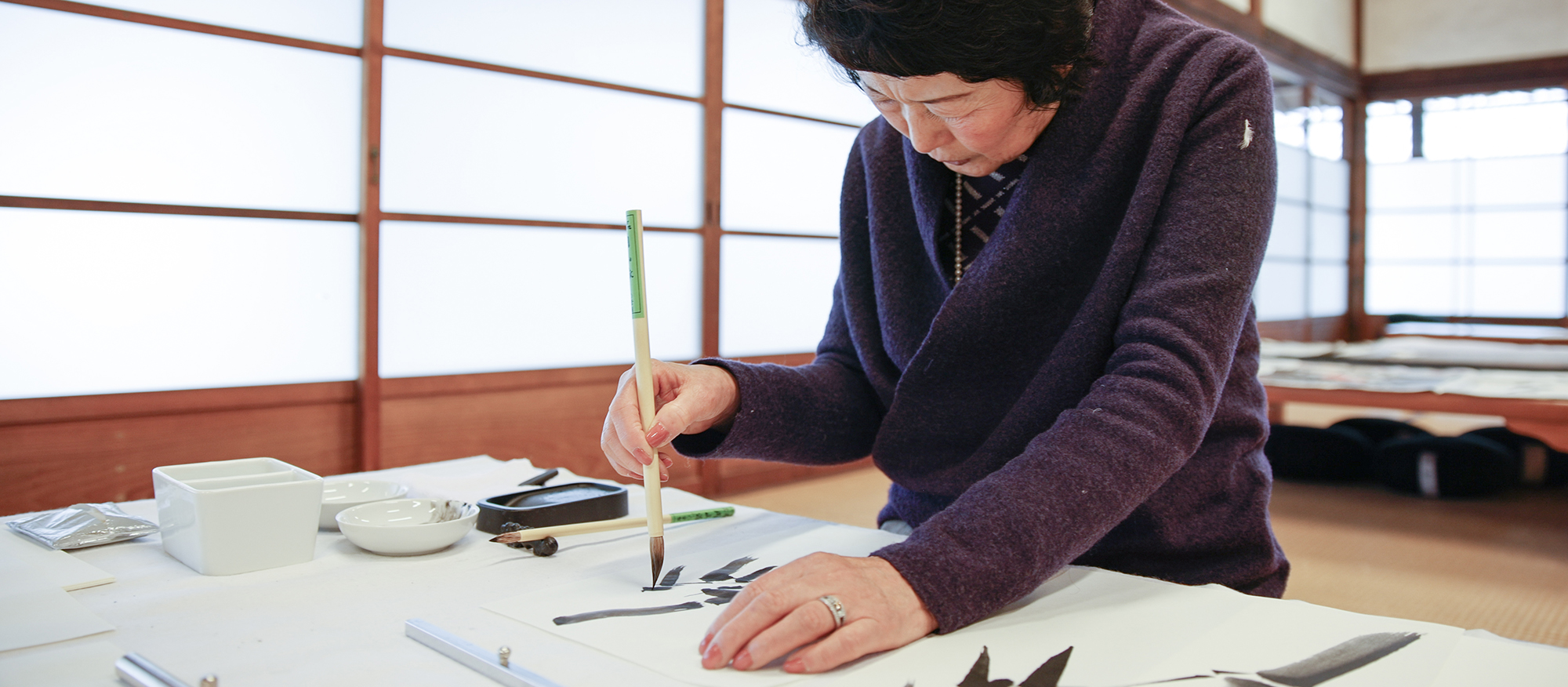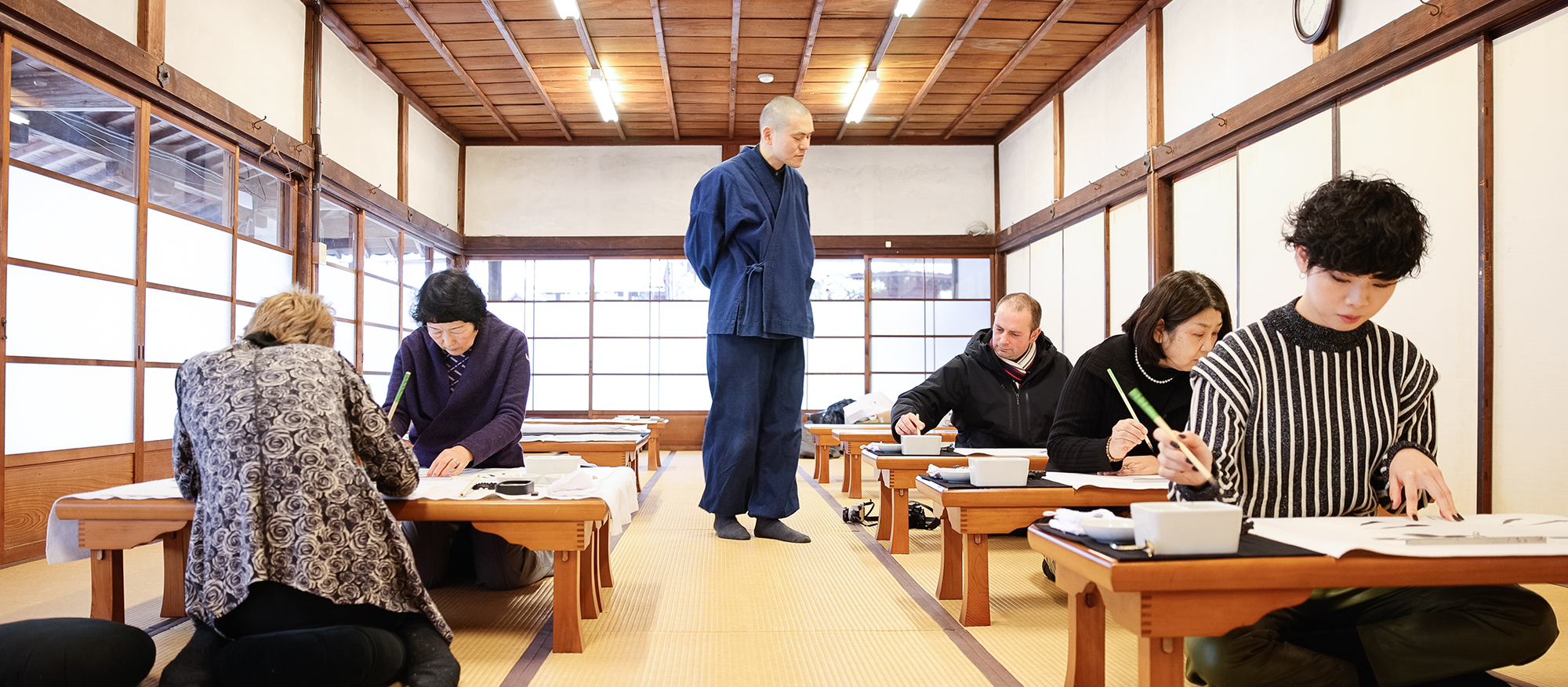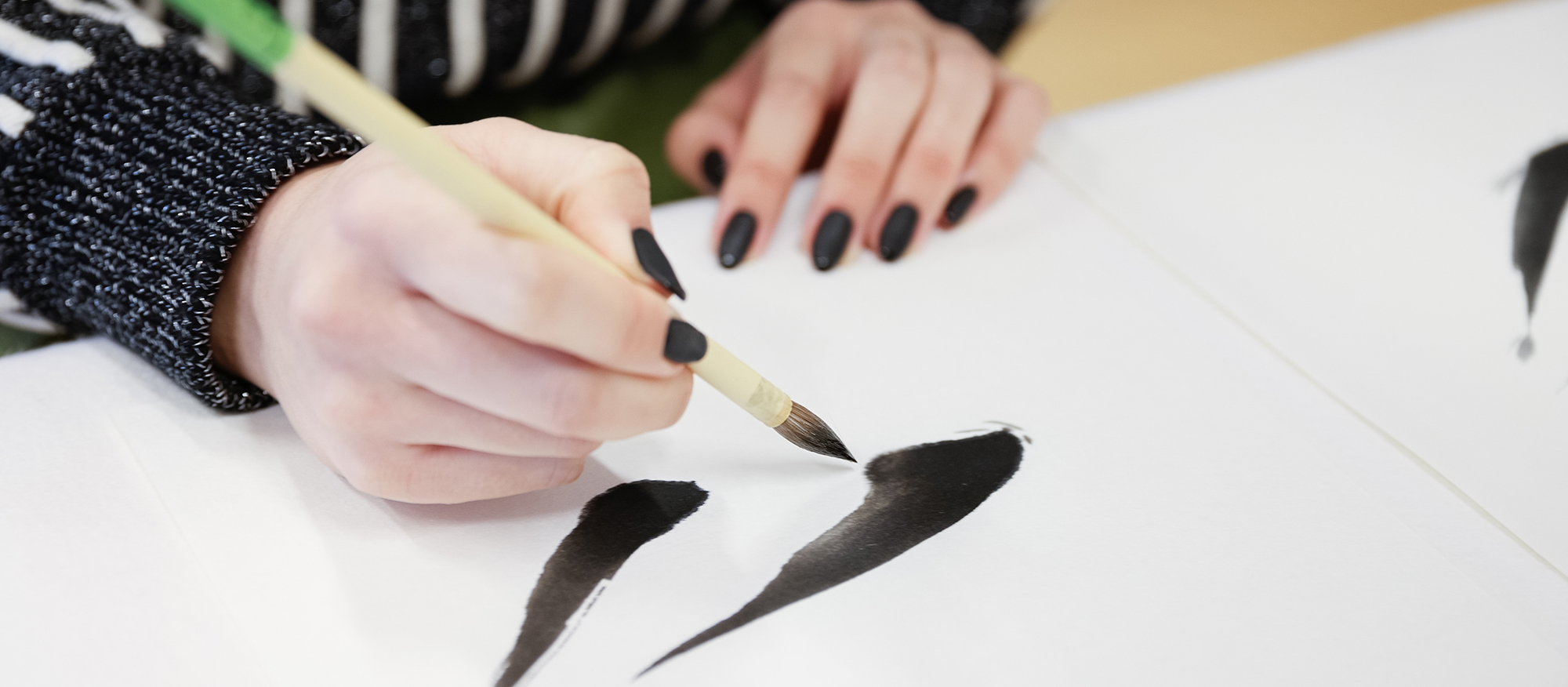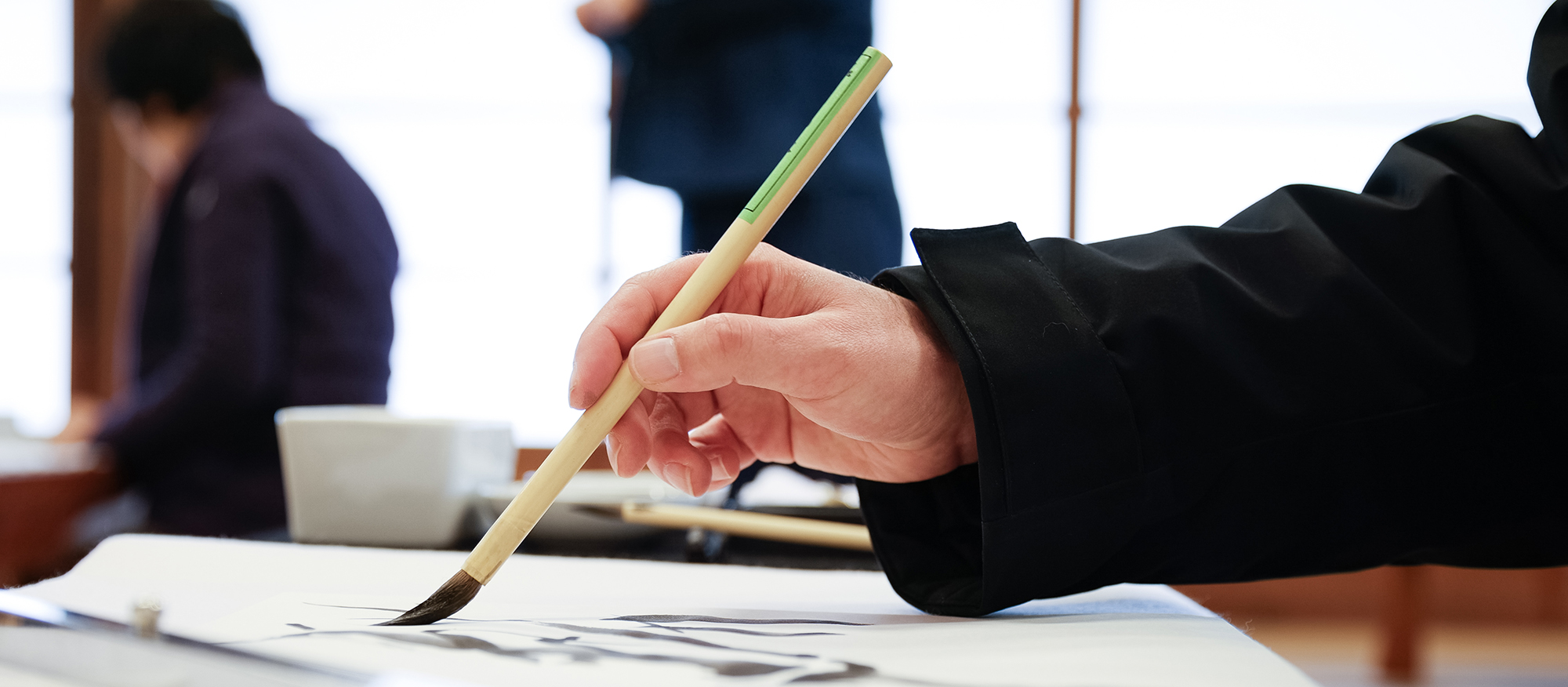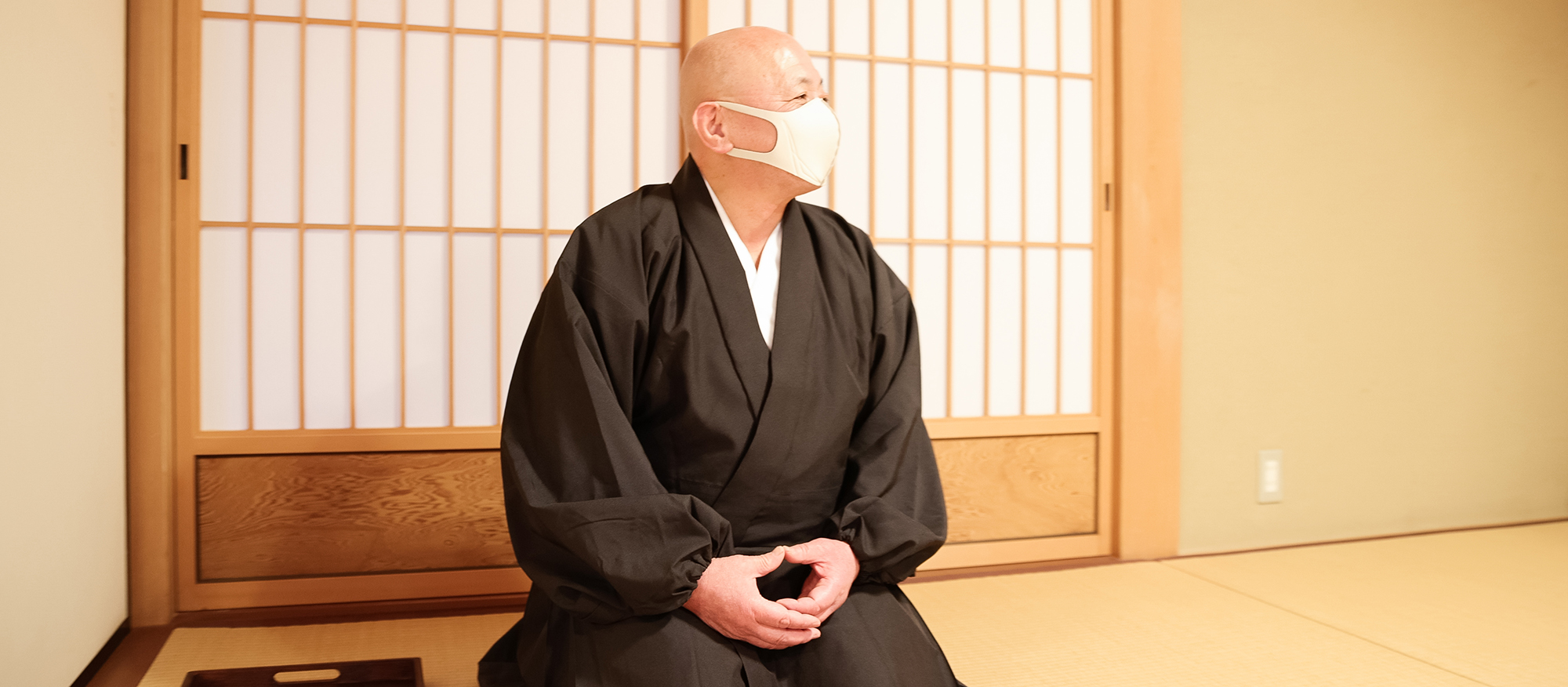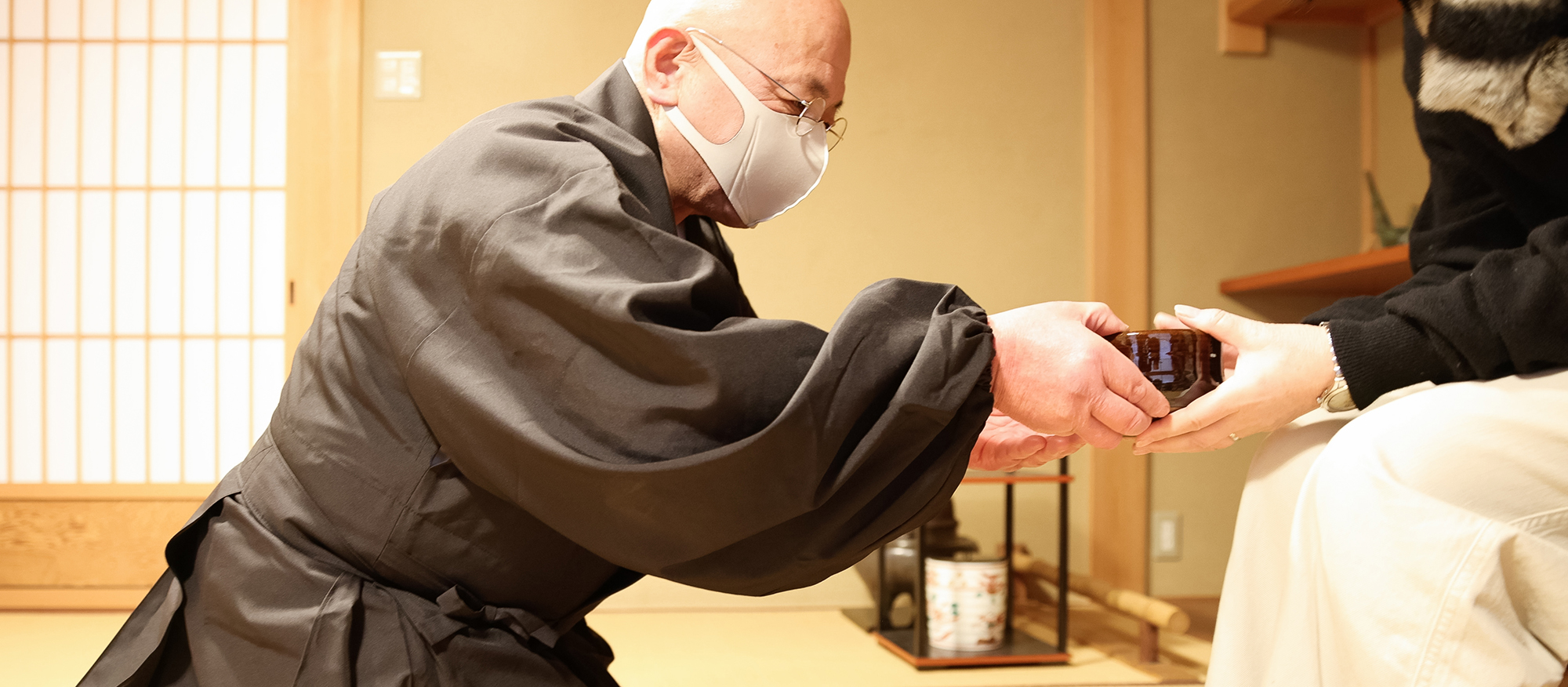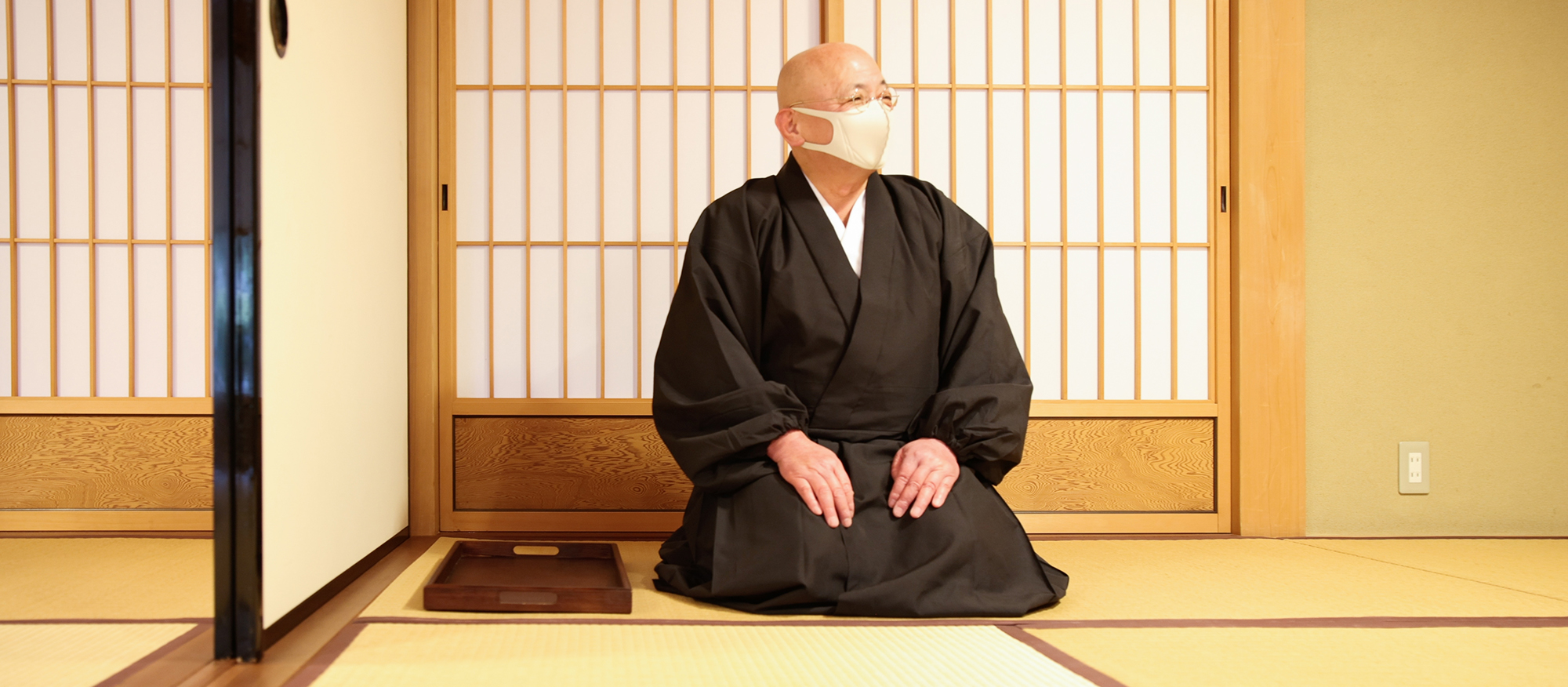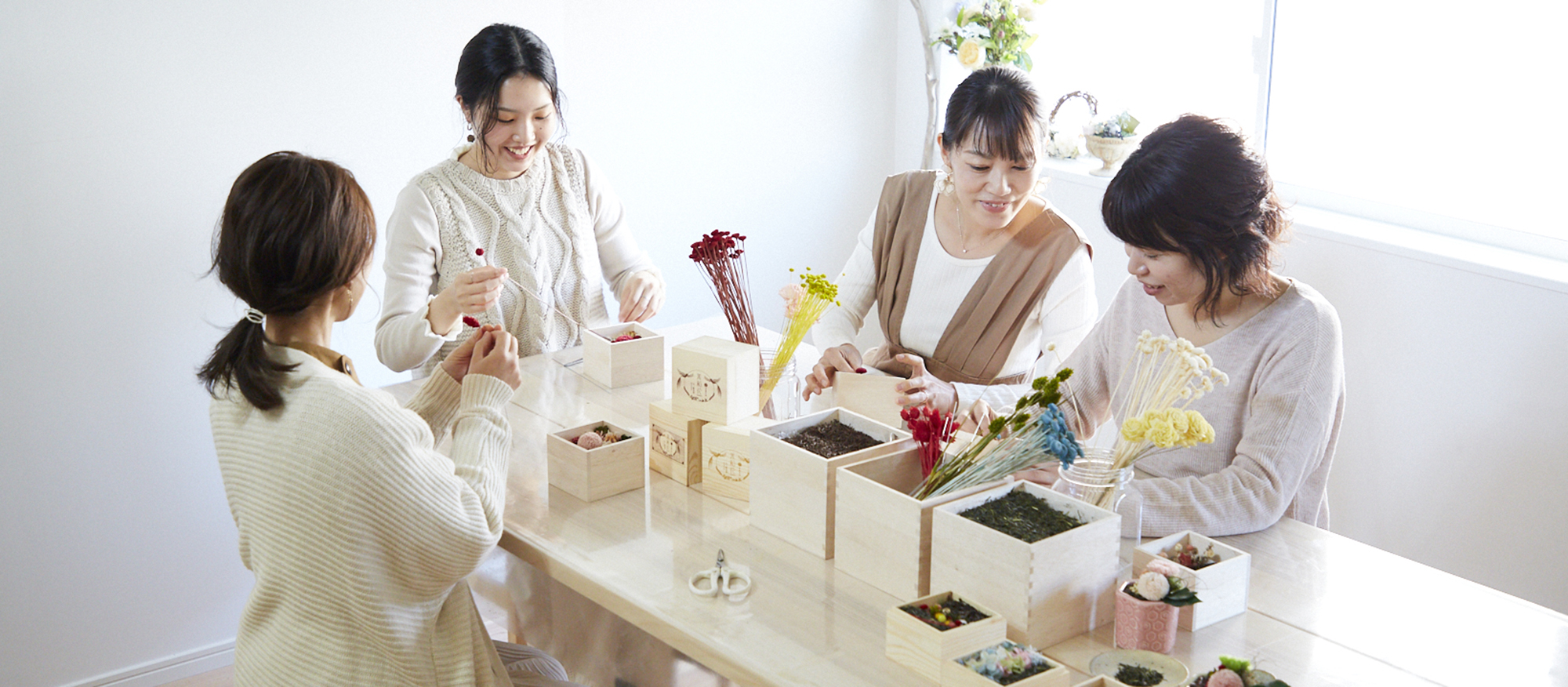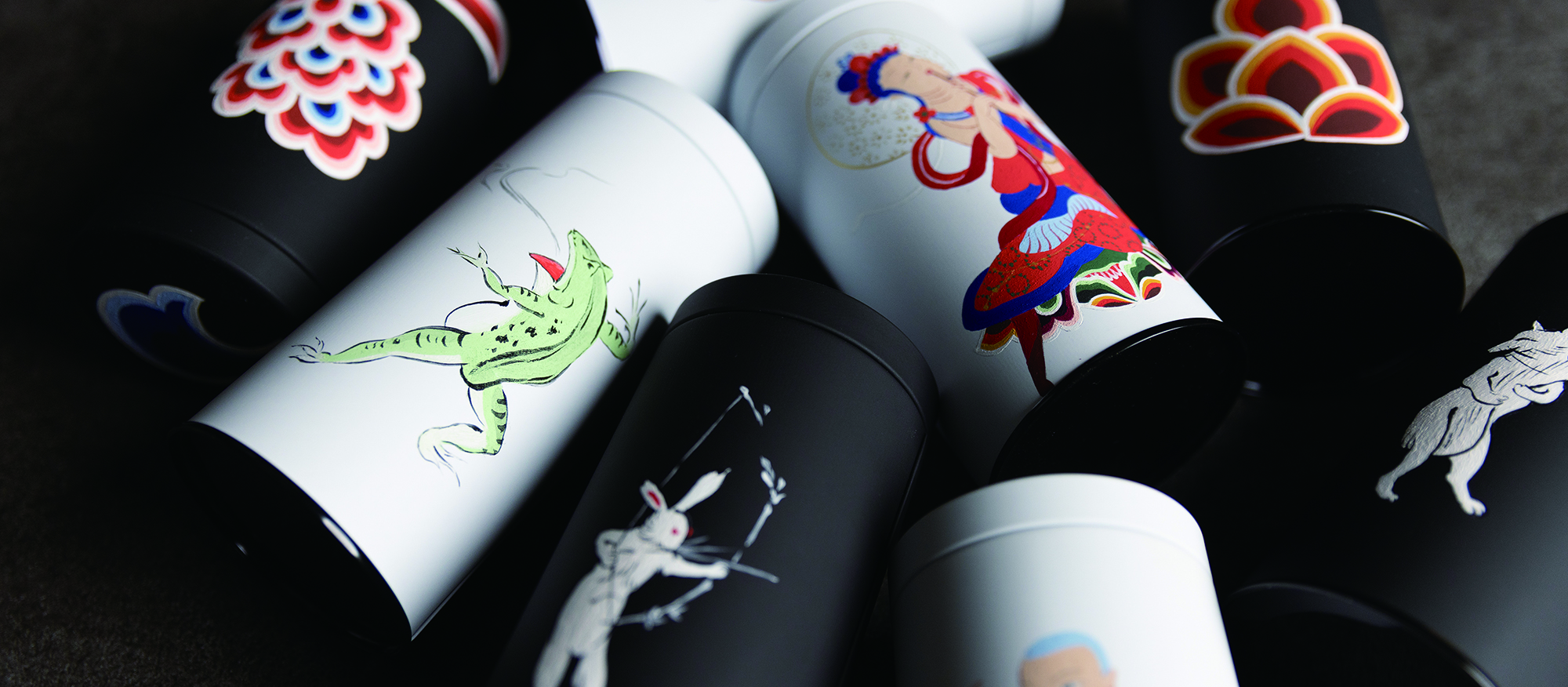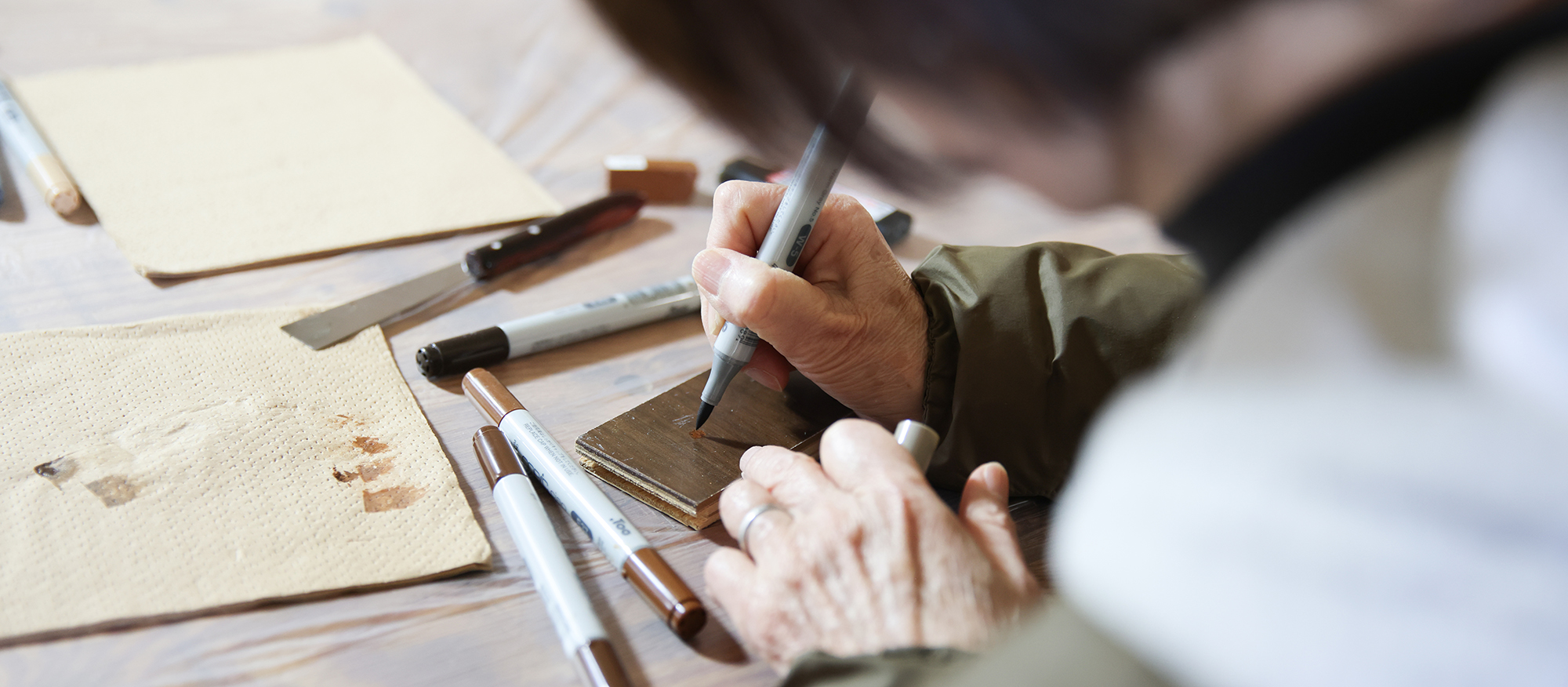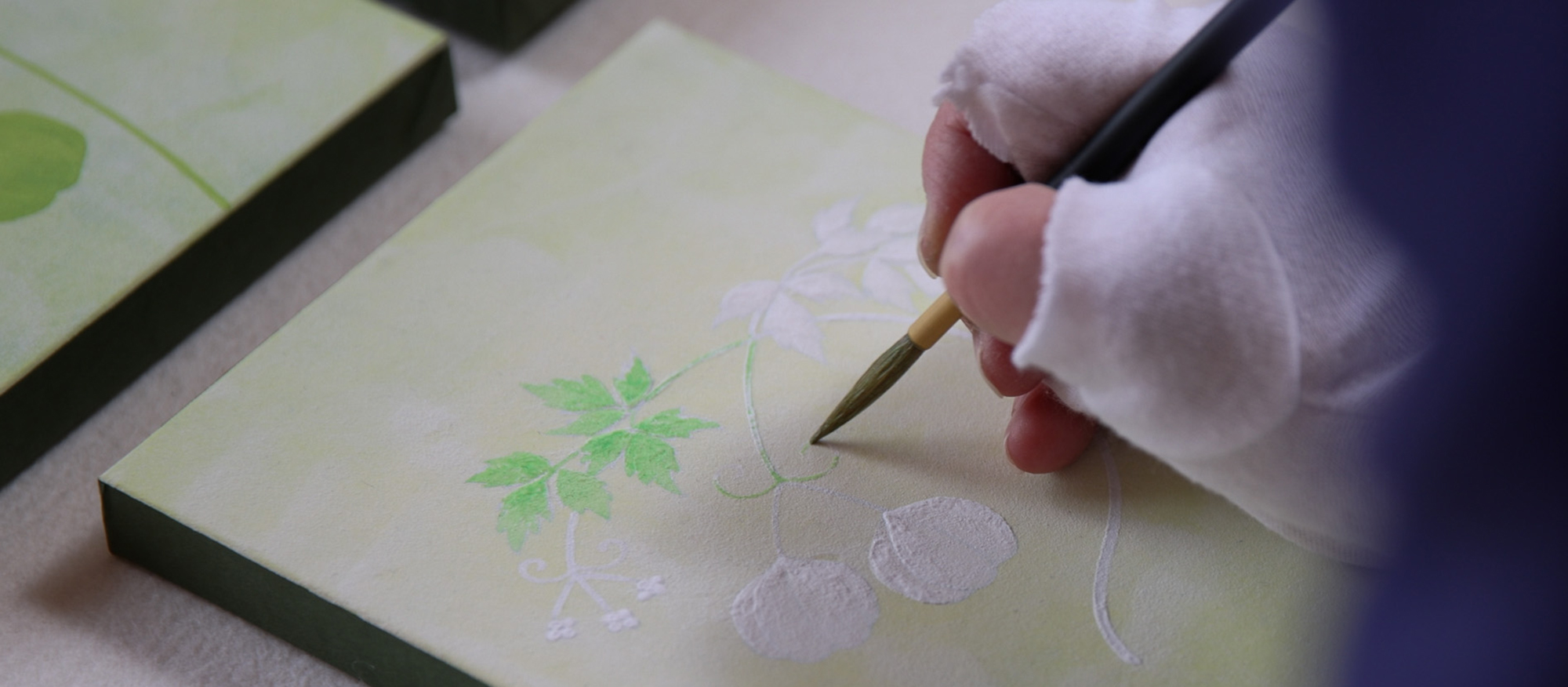Art History, Culture, Nature
[Kyoto/Uji] Zen meditation and matcha green tea at Koshoji, the oldest Zen temple of the Soto school, plus an exceptional ink calligraphy experience taught by a renowned artist. -Kousho-ji Temple, the oldest Soto Zen temple among more than 14,000 Soto Zen temples in Japan.
Tour Number 01
Proceed to booking


Tour Features
▶︎About this experience
"Zen", which aspires to well-being, mindfulness and meditation, is closely linked to Ujicha tea, a specialty of Uji, Kyoto.
Around 1300 AD, the samurai spirit as well as the influence of Chinese culture entered Japan during the Kamakura period (1185-1333). Zen monks had to eliminate all desires and worldliness in order to achieve enlightenment. The tea, containing a lot of caffeine, was useful as a sleep-suppressing medicine. Koshoji Temple in Uji, Kyoto was the first Zen school to adopt zazen.
During this experience, a Zen monk will teach you the practice of zazen in a place called the monks' room, where they live, and then in a room in the temple. Then you will receive instructions from a calligraphy master (who teaches in Gion, Kyoto). Live a fully-fledged Japanese calligraphy experience. At the end of the experience, you will taste Uji matcha tea prepared by the monks. Through this experience in the very heart of a Zen temple, dive into the Zen universe, disconnect from everyday life and dive into the extraordinary, through a summary of Zen experience.
▶︎What is Zen?
As a Buddhist term, it means "a state in which the mind is no longer disturbed".
It is a Japanese teaching that originated in ancient China and has become a sought-after spirit not only by Japanese people but also by individuals and professionals around the world.
Tour Program
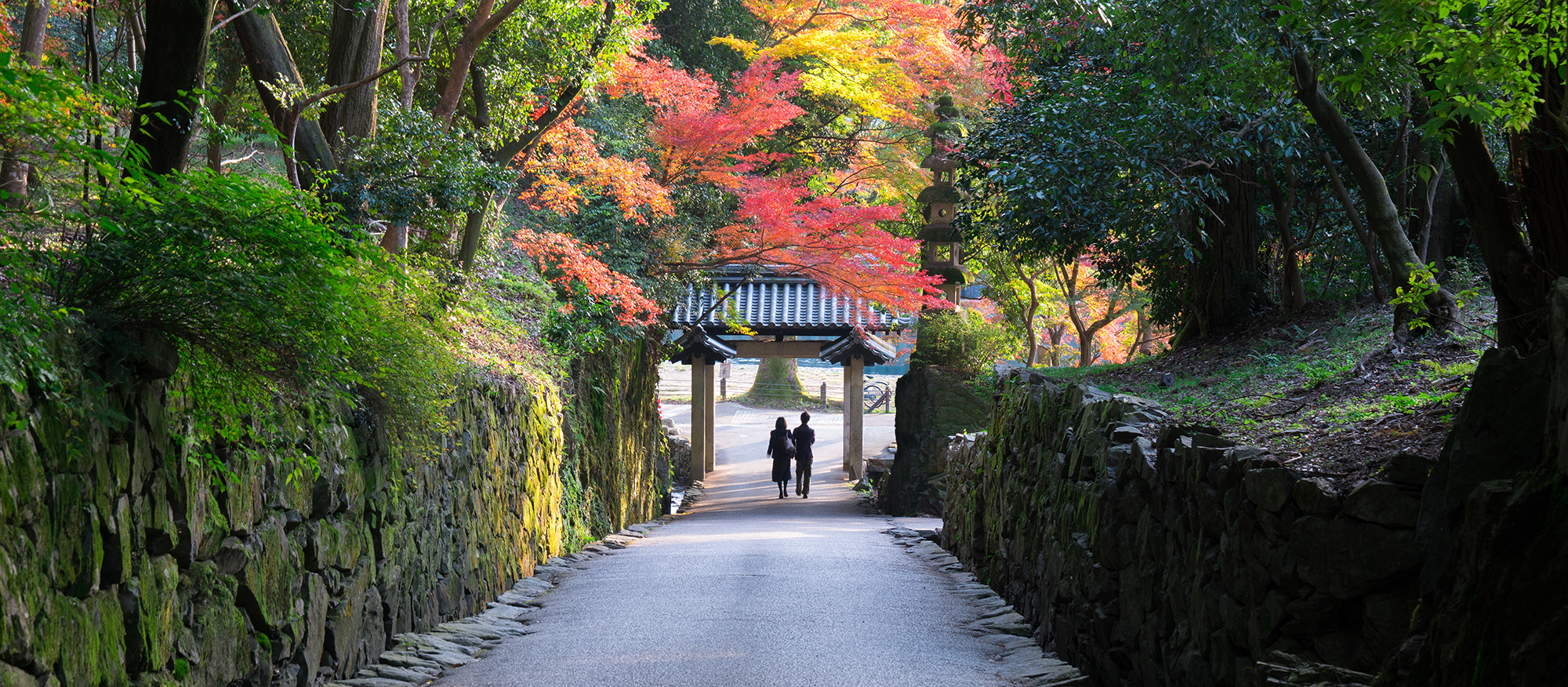
Kotozaka at Koseiji Temple
A walk, from the station to the place of the experience, is also the beginning of a fun journey.
Koshoji, the place of experience, is one of the Zen movements of the Soto school, and is the oldest temple of the school, with more than 14,000 temples in Japan.
The path leading to the temple is called "Kotozaka", and is popular as a place to visit to admire the autumn leaves.
The main hall, which was built on the remains of Fushimi Castle in Kyoto, is characterized by the "Uguisubari corridor" creaking when you walk, and the "blood ceiling", with cedar door paintings where remain bloody hand and footprints from the battles in the castle. There is also a dry landscape garden, which is one of Uji's 12 scenic spots.
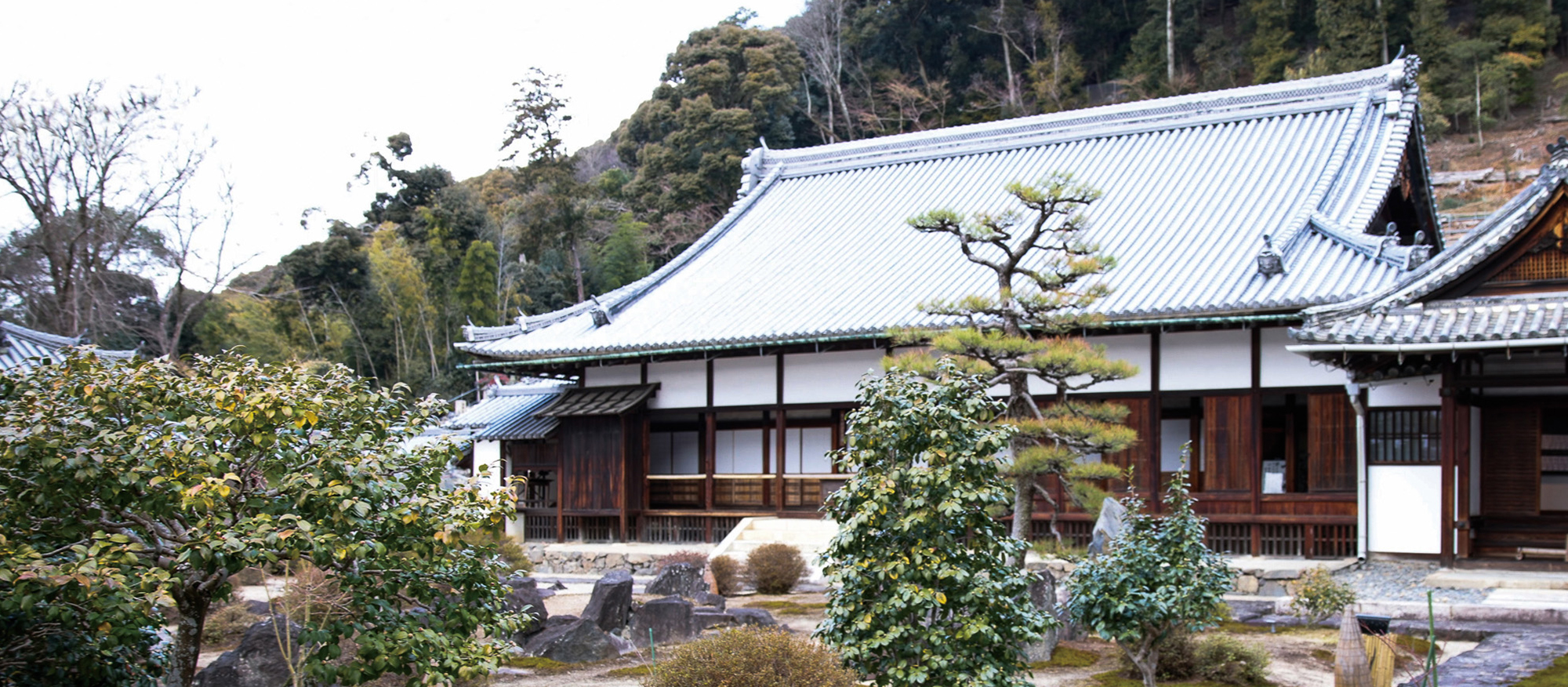
The place for zazen is a monastery where monks still sleep and wake up.
[Kousho-ji Temple] Zazen meditation is the first thing to do, and just to experience it, is a great reason to experience Zen in Uji.
In the Soto school, it is taught that enlightenment and training are the same thing, and that zazen meditation is not a means to attain enlightenment, but that the form of zazen itself is the form of enlightenment.
The experience of zazen meditation takes place in a place called the "Soudou" where the monks in training usually wake up.
It is very rare to be able to experience zazen in such a place.
During busy days, you can suddenly calm your mind and body. In the silence, facing the wall, it's time to look yourself in the face... and meditate quietly.
We hope you will take the time to face yourself.
Chairs are also available for those who have difficulty sitting on the floor.
At Koshoji Temple, we believe in being empty and feeling the present rather than being too obsessed with formality. Just sit down and just close your eyes. In today's hectic everyday life, isn't this the best time you can have?
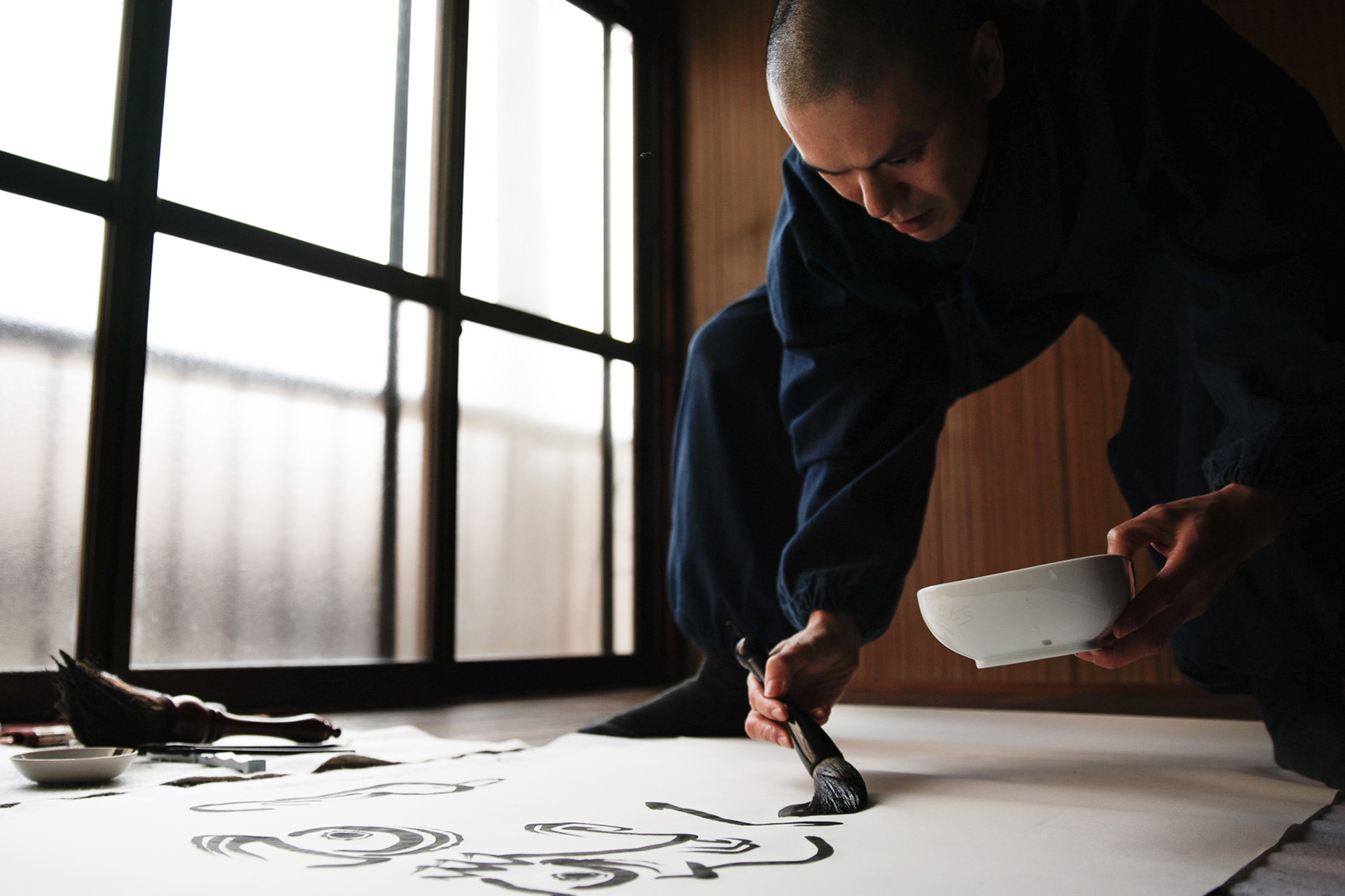
Mr. TANKO NAKAYA, ink painter
Instruction by Mr. Tanko Nakaya, an ink calligrapher who has a vast experience and whose works are commissioned in many temples. This artist also conducts ink calligraphy classes in Gion, Kyoto Ink Calligraphy: Mr. Tanko Nakaya
As early as elementary school, Mr. Tanko received a large number of books on Buddhism from the chief priest of the Myoshinji school of the Rinzai sect, with whom he is still friends today. He was fascinated by the ink painting of "Hakuin", and using the tools of calligraphy, he began to draw Bodhidharma. It was his first encounter with the world of Zen and ink painting. Due to his poor health, he was unable to do much outside and spent his days at home imitating ink paintings and manga. In middle school, he was part of the art club. At this time he began to learn oil painting. In high school, he devoted himself to drawing, from the first year to the Beaux-Arts. On the other hand, the art club teacher at the time said to him, "Let's try anything and expand the possibilities!". At university, he engaged in a wide range of creative pursuits, from painting to sculpture. After graduating, he began to work as a writer. Since the age of 30, he has been linked with Zen and ink painting, and has the chance to transmit the pleasure of Zen and ink painting in temples and universities.
“When you feed your heart, you will discover a new you and your life will be enriched. With this thought in mind, he works hard every day.
Recent activities: Fusuma painting "The Sixteen Arhats" (Jiunji Temple, Myoshinji School of Rinzai Sect, Kyoto)
"Nirvana" Hanging Scroll (Fumonji Temple, Myoshinji School of Rinzai Sect, Kyoto)
"Daily Acts" ~Retour~ (Oike Gallery, Kyoto)
"Daily Activities" ~Buddha Nature and Reality~ (Mie Kameyama Triennale)
"Shape of Buddha Nature" ~Things Born from the Shape of Prayer~ (Phnom Penh Asia Design Art Exhibition)
Former Professor of Ink Painting at Hanazono Workshop / Former Part-time Lecturer at Kyoto University of Art and Design
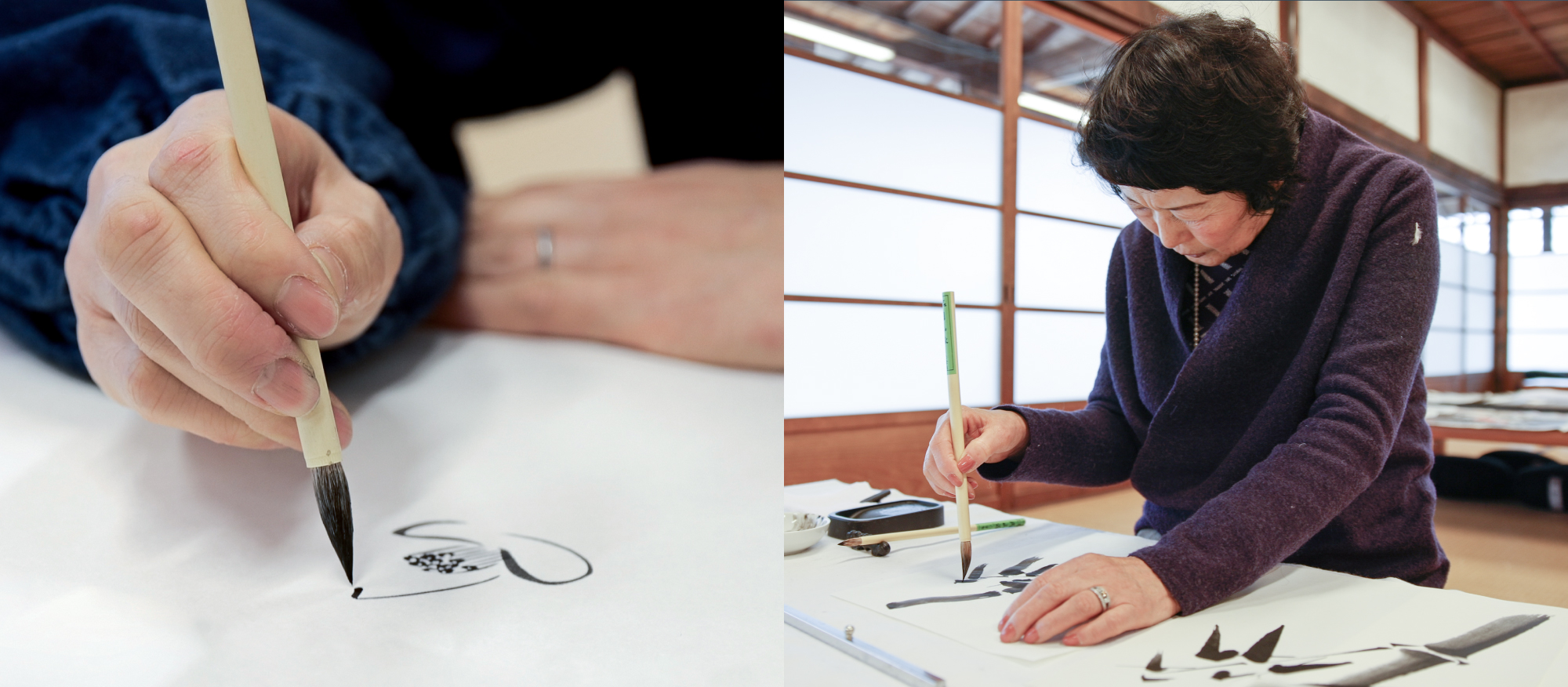
Suiboku-ga Experience
Disconnect from everyday life with ink calligraphy and immerse yourself in the extraordinary world of Zen.
Ink calligraphy is a continuation of "one line drawing on paper", and it can be described as a form of accumulation.
It can be expressed immediately in a visible form. Each brushstroke is a reflection of your feelings at that moment, that's all. The idea is to value “expressing myself well” rather than “drawing well”.
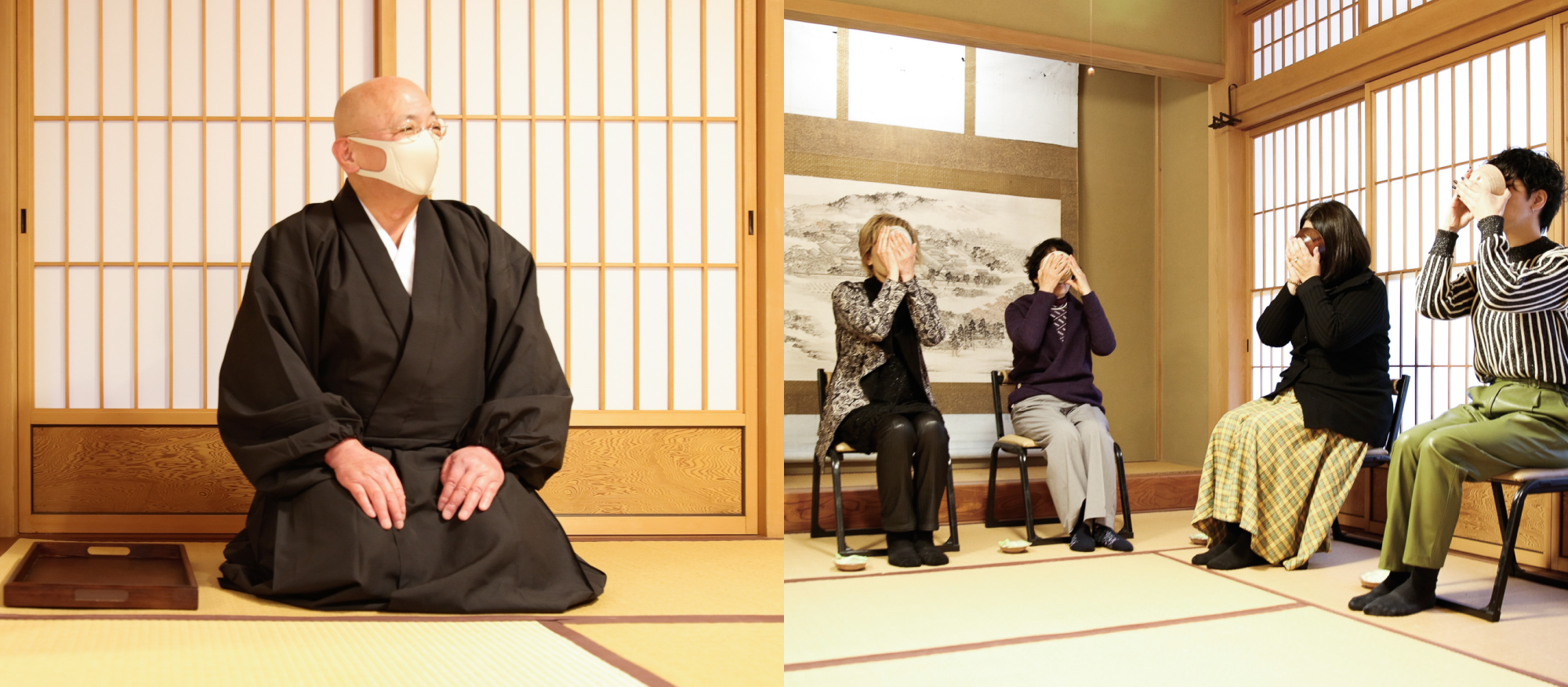
At the end of the experience, take a break with matcha tea and sweets prepared by monks
At the end of the trip, you will enjoy a tea ceremony prepared by the monks of Koshoji Temple accompanied by sweets.
A deserved relaxation at the end of a time of concentration and immersion. The matcha you will drink is a locally produced matcha from Uji.
During this experience, you will spend half a day immersed in Zen (fully living).
Tour Details
Tour Number 01
If you wish to attend as a single person, a fee of +JPY 14,300 will be charged.
30% from 3 days up to 2 days before
・Entry Restrictions: Anyone over the age of 13 can enter.
・Others (Remarks)
Clothes and things to bring: Clothes that allow you to sit on the floor and experience zazen.
(Please refrain from wearing clothes that are not suitable for zazen, such as mini-skirts, tight skirts and non-elastic pants.)
If the ink paint stains your clothes, it cannot be washed.
If you come by car, the parking fee is 500 yen.
Please contact us if you have a large group.
If a child participates, the guide will also be charged for one person.


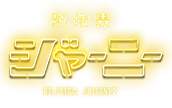
![[Kyoto/Uji] Zen meditation and matcha green tea at Koshoji, the oldest Zen temple of the Soto school, plus an exceptional ink calligraphy experience taught by a renowned artist. -Kousho-ji Temple, the oldest Soto Zen temple among more than 14,000 Soto Zen temples in Japan.](https://rojiurajourney.com/wp-content/uploads/2023/04/興聖寺-1-2000-アイキャッチ-3.jpg)

